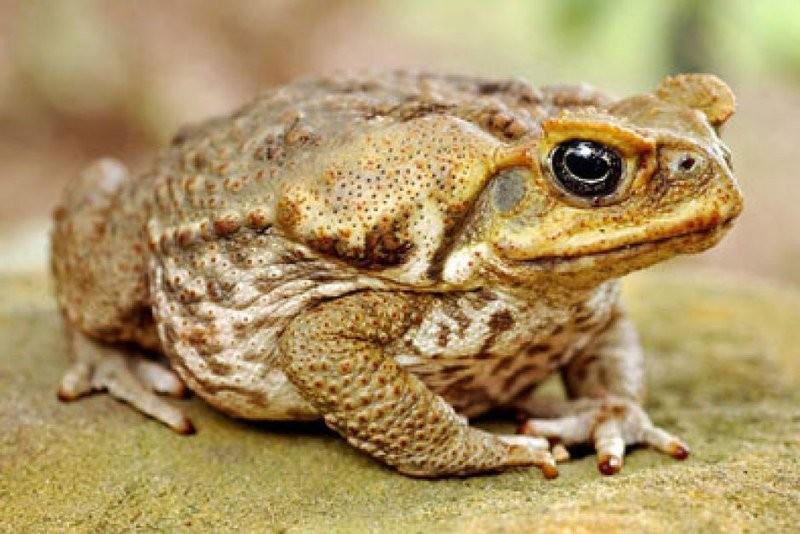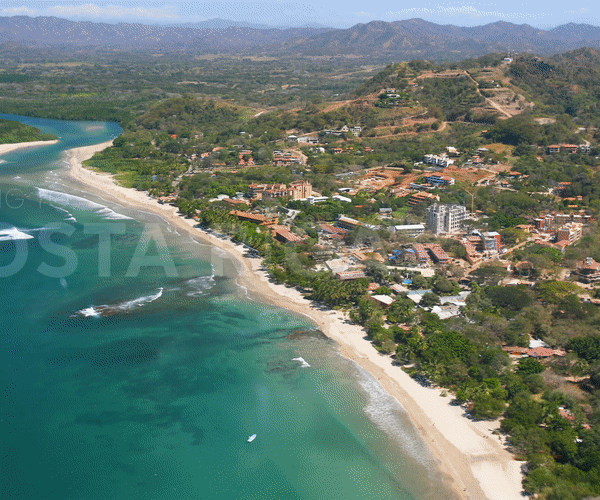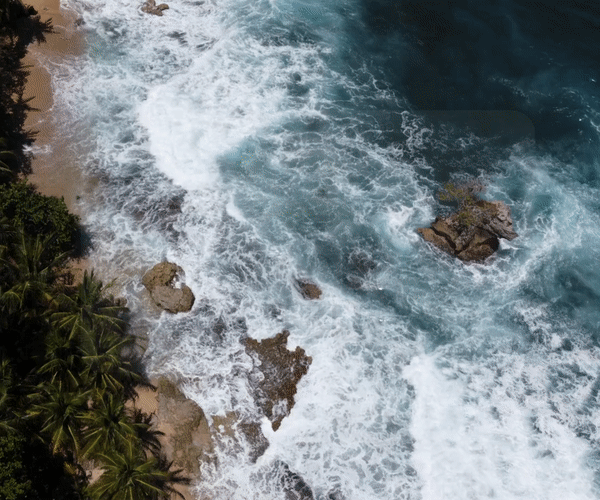COSTA RICA
LATEST ARTICLES
Wildlife in Costa Rica — Keeping Your Pets Safe
by Jeanne in Costa Rica
Costa Rica is a beautiful country full of wildlife. If you're planning on bringing your dog to Costa Rica, there are a few things you need to know to keep them safe. Costa Rican wildlife is beautiful and diverse, and it is important not to disturb them.
Some wildlife you may encounter in Costa Rica include monkeys, jaguars, and toucans. Therefore, it is essential to keep your dog safe when here. As ex-pats living in this beautiful country, there are a few animals that we are highly aware of and make sure that our dogs do not encounter.
Some wildlife you may encounter in Costa Rica include monkeys, jaguars, and toucans. Therefore, it is essential to keep your dog safe when here. As ex-pats living in this beautiful country, there are a few animals that we are highly aware of and make sure that our dogs do not encounter.
Cane Toads

We knew nothing about Cane Toads when we moved here, and within a month, two people told us to watch out for them because they had lost their dogs to the toad’s poison. Cane toads weigh up to 3.5 pounds and are nine inches long, with the females being even larger! They are the most enormous toads in the world.
They can be green or brown on top with beige bellies. What makes them distinctive is their size, bony ridges on their backs, and the poisonous glands on their backs. The glands are their defense and allow them to kill a crocodile. In addition, before being born, the toxin covers the egg, so any predator, even considering eating it, won’t.
These amphibians thrive no matter what. They don’t care what they eat, and because of their poisonous secretions, they are rarely hunted. While on their own or in an uninhabited area, they pose no problem to dogs, but they show up in populated areas and neighborhoods, which means yards and roads.
If your dog comes in contact with the toad by putting its mouth on it by licking or biting, the toad will release a toxin, milky-white, called bufotoxin. The toxin is absorbed into your dog through mucous membranes, usually the tongue or gums.
The toxin is quickly absorbed into the bloodstream and targets the nervous system and heart. Cane Toad poisoning can kill an average-sized dog in 15 minutes.
Symptoms of toad poisoning can include:
The toxin is quickly absorbed into the bloodstream and targets the nervous system and heart. Cane Toad poisoning can kill an average-sized dog in 15 minutes.
Symptoms of toad poisoning can include:
• Foaming or drooling at the mouth
• Vomiting
• Disorientation
• Panting or difficulty breathing
• Seizures
• And more…
How to treat Cane Toad poisoning:
• With a damp cloth, quickly wipe the inside of your dog’s mouth, working to remove the slimy coating.
• Please don’t use a hose to flush your dog’s mouth with water because they may inhale the water and cause more damage
• Get them to your vet immediately.
Suggestions for keeping your dogs safe are the following:
• If you keep your dog outside, be sure their water dish is raised off the ground.
• Change the water frequently.
• Keep your dog inside at night ( a frequent time for cane toads).
• If you must keep your dog outside at night, keep them in an area where cane toads can’t reach.
• Be hyper-vigilant during the rainy season because toads are the most active.
• Cover your swimming pools – toads love to jump in pools.
We have seen cane toads on our property, primarily in the rainy season. Our way of protecting our pooches is to keep them from running around the yard unsupervised; when walking around the neighborhood, they are always leashed.
In other words, our dogs are always supervised, and because of this, we live with very little fear of cane toads hurting them.
Crocodiles

Crocodiles are in low-lying areas near rivers and estuaries. If you live in these areas, don’t let your dog off-leash, and stay away from the riverbanks. This same rule applies if you don’t live in these areas but go on road trips and like to take your dog to the water.
Fleas and Ticks
Keep your flea and tick regiment while living in Costa Rica. Vets have all the usual treatments you find in North America — Heartgard, Nexgard, Triflexis, Advantix, etc.- and are priced similarly.
Loose Dogs
Before moving here, we had never seen many loose dogs running around. With all the fears about wild animals, my fear is some of the loose dogs roaming the streets and the beaches.
When walking our dogs in our neighborhood, we always have them on a leash. Always. We also always carry a stick with us. When we first arrived, we would pick one up on the street and take it with us, but now we have black steel batons we ordered from the states.
We always have one with us, and we’ve never had to use one, but we are prepared. We wouldn’t use one unless we felt our dogs or we were in danger. On the beach, our dogs run free. They have excellent recall and are “flight” dogs, not “fight” dogs.
In our experience, most loose dogs on the beach are easy-going and get along, but we have heard of fights that occur. The bottom line, be responsible for your dog and only take them off-leash if they have good recall and aren’t a danger to others.
A Final Thought

There are plenty of wild animals in Costa Rica. You’re living in a jungle, but all the wildlife was here first, so they have first dibs! There is no reason to be overly concerned about living here with your dogs if you are vigilant and committed to keeping them safe.
I know there is some hysteria about it, but if you are already in good practice with your dogs —
• Preventative medical measures
• Leashing on walks
• Brushing regularly to look for fleas and ticks
…with vigilance and a trusted vet, you can live an extraordinary life in Costa Rica with your beloved dogs.
Pura Vida! 🌺
About The Author
Jeanne and her husband, James, live in Costa Rica.
They moved from the USA to enjoy a slower and more relaxed pace of life, and soon after had found their new home.
If you'd like to meet fellow expats who've made the move successfully, consider attending the 7-Day 'Moving To Costa Rica' Relocation Retreat.





